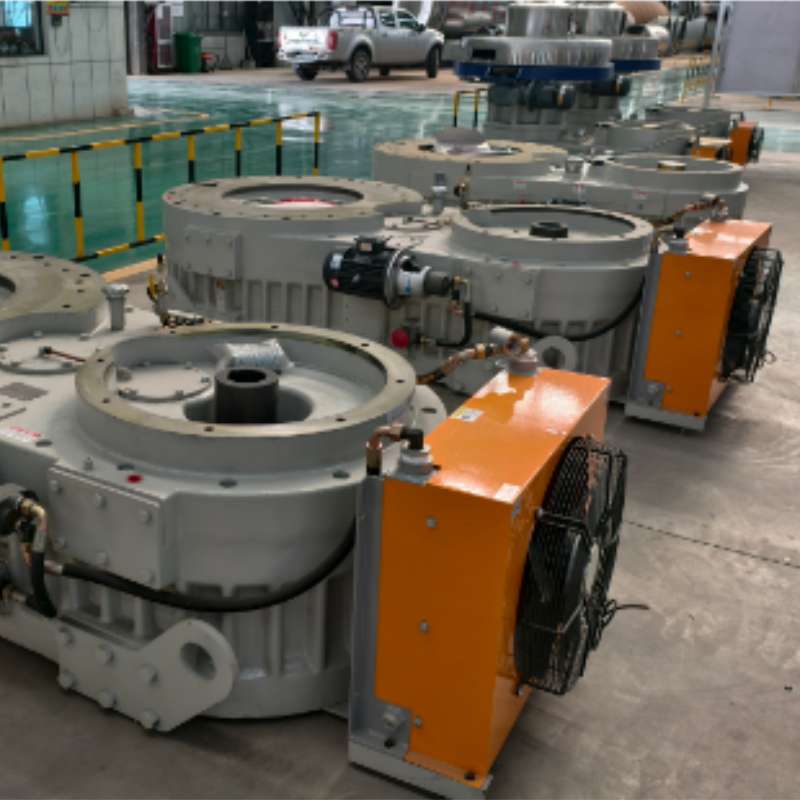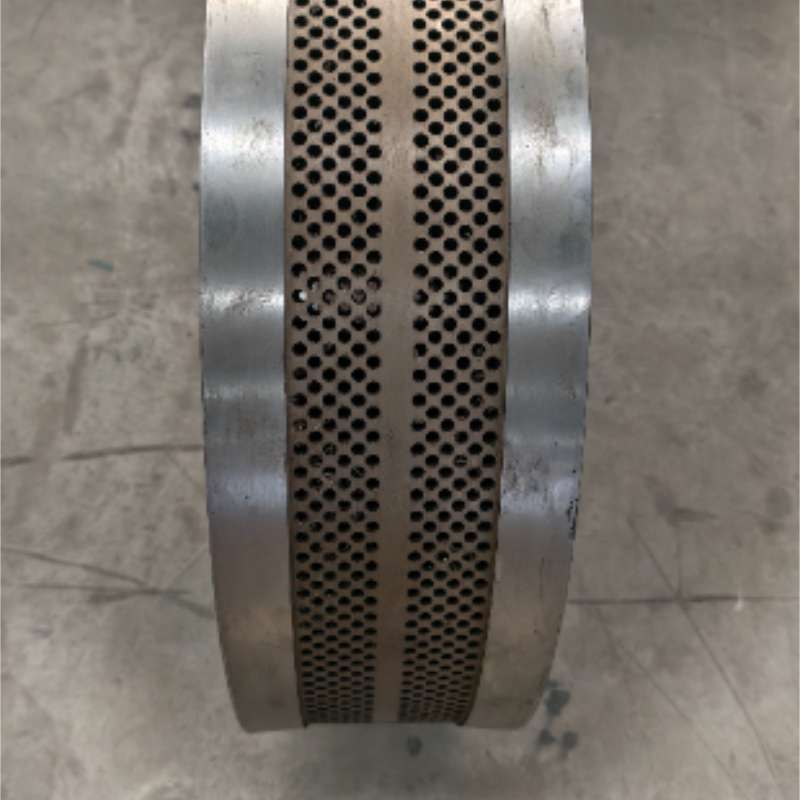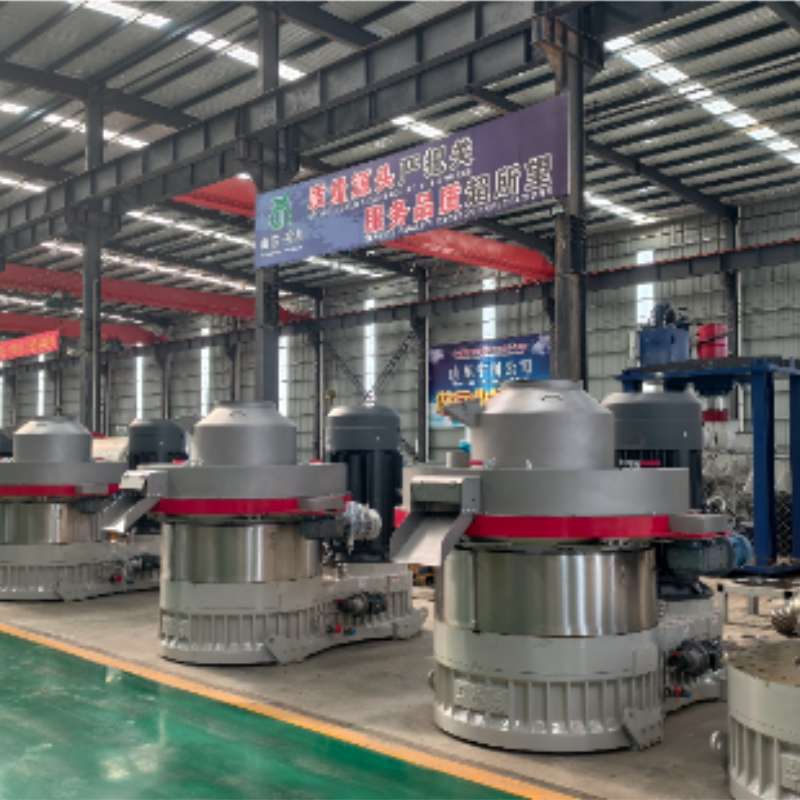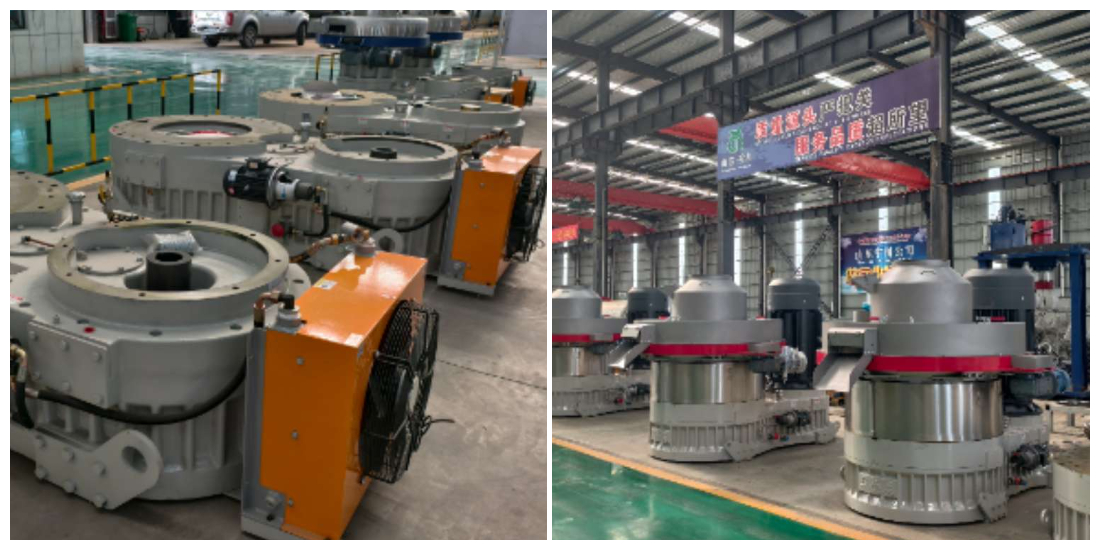Feed Pellet Line
Feed pellet production line has multiple significant advantages, which can effectively improve the efficiency and quality of feed production.
First, strong adaptability of raw materials. It can deal with a variety of materials such as corn, soybean meal, straw, etc., and can meet the nutritional requirements of different livestock and poultry through scientific proportioning, thus realizing the efficient use of resources.
Second, the production process can be controlled. From crushing, mixing to pelleting, each link has a high degree of automation, which can accurately control the size, hardness and moisture content of the pellets to ensure stable feed quality and reduce waste.
Third, the product advantages are outstanding. The made pellet feed is not easy to scatter, easy to store and transport, and good palatability, which can improve the feed intake and digestibility of livestock and poultry, and help improve the breeding efficiency.
Feed pellet production line is a set of highly integrated equipment combination, which can transform all kinds of feed raw materials into high quality pellet feed. The process covers key aspects such as raw material handling, mixing, pelletizing, cooling, sieving and packaging. In the raw material processing section, hammer mill or knife and plate mill plays an important role. Hammer mill through the high-speed rotation of the hammer, corn, soybean meal and other lumps or granular raw materials crushed, cyclone dust collector synchronized dust removal, to protect the working environment clean; knife and plate mill with an air inlet, the cylindrical raw materials first sliced and then crushed, suitable for specific raw material processing. In the mixing process, according to the characteristics of raw materials and production requirements, can choose vertical or horizontal mixer. Vertical mixer is suitable for grains or raw materials containing a small amount of grass flour, commonly used in chicken and pig feed production; horizontal mixer for the higher content of grass flour, higher moisture content of raw materials, mixing more evenly, mostly used in sheep and cattle feed production, to ensure that a variety of raw materials and nutrient additives to fully intermingle. Pelleting is the core step, feed pellet mill with the help of pressure rollers and ring die, the mixture of material to exert pressure to make it shape. During this process, the material is subjected to high temperature and high pressure, and the starch is pasturized and the protein is denatured, which improves the digestibility and safety of the feed. By changing the ring die with different apertures, different sizes of pellets can be produced flexibly. The freshly produced pellets have high temperature and high moisture, and need to be cooled. Horizontal cooler and barrel cooler can quickly reduce the temperature and moisture of pellets to a safe range, preventing mold and ensuring stable quality of pellets. The cooled pellets are screened by vibrating sieve to remove debris and unqualified products to ensure the integrity and uniformity of the finished pellets. Finally, the automatic packaging machine weighs and packs the qualified pellets, provides various sealing methods for convenient transportation and storage, and completes the efficient production process from raw material to high-quality pellet feed .










